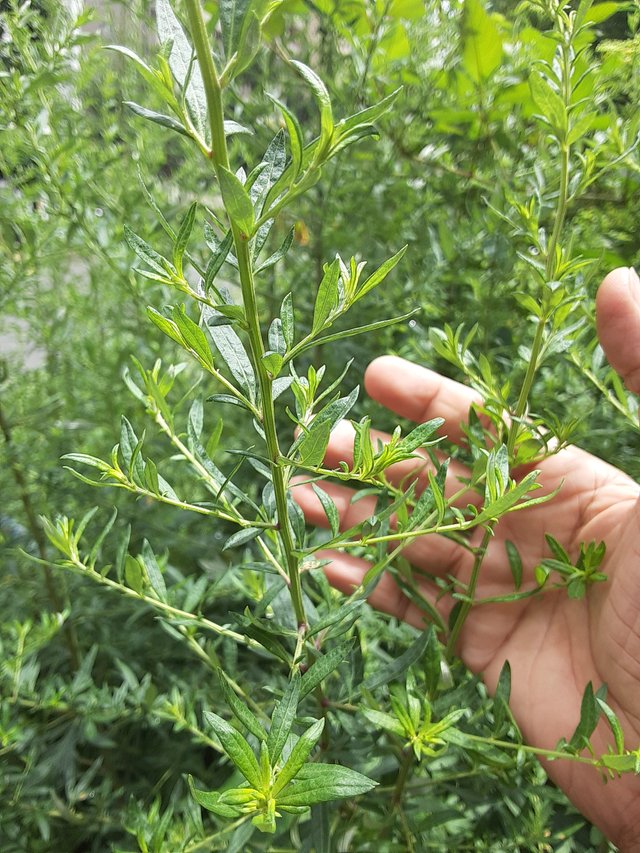
Artemisia princeps, also known by the charming names of Japanese mugwort, Korean mugwort, or yomogi, is a fascinating plant native to China, Japan, and Korea.
This perennial herb boasts beautiful, feathery leaves that are light green in color with scalloped edges. The underside of the leaves is covered in a white, dense fuzz, adding a textural element to the plant. Artemisia princeps can grow up to 1.2 meters tall and spreads readily through underground stolons, making it a vigorous grower.
Beyond its attractive appearance, Artemisia princeps leaves hold a rich history of culinary and medicinal uses in East Asian cultures.
Culinary Delights:
Young Artemisia princeps leaves, before they become too bitter, can be enjoyed raw or cooked. In Japan, the leaves are a treasured ingredient, especially prized for their unique flavor and aroma. They are often:
- Lightly boiled and pounded before being used to add color, flavor, and a delightful grassy note to mochi (rice cakes) – these delectable treats are called kusa mochi or yomogi mochi.
- Blanched and included in soups or rice dishes for a subtle bitterness that complements other ingredients.
Traditional Medicine:
Artemisia princeps leaves have been used in traditional Chinese and Korean medicine for centuries. Some of the purported benefits include:
- Aiding digestion: The leaves are believed to stimulate the digestive system and relieve bloating.
- Relieving menstrual cramps: The leaves may help to relax the muscles and alleviate pain associated with menstruation.
- Wound healing: Poultices made from the leaves may be used to promote healing of minor wounds and skin irritations.
Important Note: It is important to consult with a qualified healthcare professional before using Artemisia princeps leaves for medicinal purposes. While traditionally used, there may be potential side effects or interactions with medications.
Beyond Food and Medicine:
Artemisia princeps also plays a role in cultural traditions. In Japan, for example, bundles of dried mugwort, called mogusa, are used in moxibustion, a form of traditional medicine that involves burning the mugwort on or near specific points on the body.
Whether you're interested in incorporating its unique flavor into your culinary creations or appreciate its historical significance, Artemisia princeps leaves offer a glimpse into the rich tapestry of East Asian culture.
Ref.:
 |  |
Upvoted! Thank you for supporting witness @jswit.
Downvoting a post can decrease pending rewards and make it less visible. Common reasons:
Submit